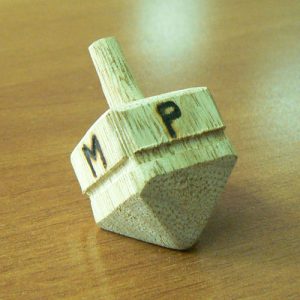Children and teenagers of today do many activities and often they have no time to play, but above all no time to invent new games, because they have a lot of toys and pastimes more or less technological. That did not happen in the past, when children played in the courtyard and in the streets, when an idea for a new game was obtained by every object.
It has been possible, by using the tales of the elderly, to brush up old games that in the past filled the relaxation moments of the children:
- Bardunfola (wood top, worked by a little cord called “bollantinu”);
- Pirastra (a scheme- formed by a set of squares – was drawn on the floor and after, jumping just on a foot, the children had to push a quite flat stone, often obtained by a river bed, from a square to another, trying to not go out of the scheme, until being arrived in the last square);
- Sarta funi (they jumped a rope alone or with some people to make the game more difficult);
- Il gioco del 31-called also mamma cua or simply nascondino [hide and seek] (a child, chosen trough a counting rhyme, had to count until 31 while the others hid themselves. The aim of the game was to find the hidden playmates before they achieved to return to the “home”);
- Giro giro tondo [ring a ring o’rose];
- Birille (little balls, usually made of glass and obtained by the bottle of fizzy drinks; more rare and valuable the ones obtained by marble);
- Coins or buttons game (the children did little heaps with soil and put on the broad beans lined up. After they tried to bring them down, taking aim with little stones);
- Sa faraia (they made little straws of oats and barley, called “sa loppedda” and after they played them as flute or they used them to do soup bubble);
- Serra serra (game played with string, singing a nursery rhyme);
- Cadideddas – little chairs ( a child sat down and the others, taking him under his legs, transport him);
- Biccusu (a set of stones, possibly round, were lined up on the floor, while one was hold in the hand; this last one was thrown at the air and with the same hand the child tried to take the first stone on the floor and to take again the first stone he has thrown before it fell down. Then he threw at the air the two stones and tried to take the third from the floor. Going on the game, it became more complicated; when someone mistook he let another competitor playing. Won who at the end achieved to throw and to take again more stones);
- Cuaddu fortisi – strong horses (a boy took another boy on his shoulder and tried to keep him for the longest time, walking or pushing another couple. Who fell down paid a forfeit);
- Crebusu – deers (the children pretend to be deer followed by a dog; if the dog took the deer, this last one had to paid a forfeit);
- Gioco del cerchio (metallic or wooden circle pushed by a small metallic or wooden pole to roll it).
- Barralliccu (typical Christmas game- it was a wooden cube, cross by a small pole on which it turned; on each of the 4 lateral faces, there was a letter P = poni (put), T = tottu (everything), M = mesu (a half), N = nudda (nothing). Each player, at the beginning of the game, contributed to form the jackpot, that is to say the prize, betting chestnuts, nuts, and almonds. In turn each competitor turned the cube and followed the instructions of the letter come out, can gain in that way the whole prize or further loosing his sweeties);

